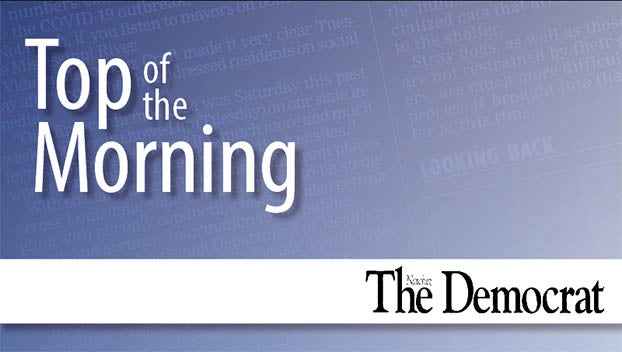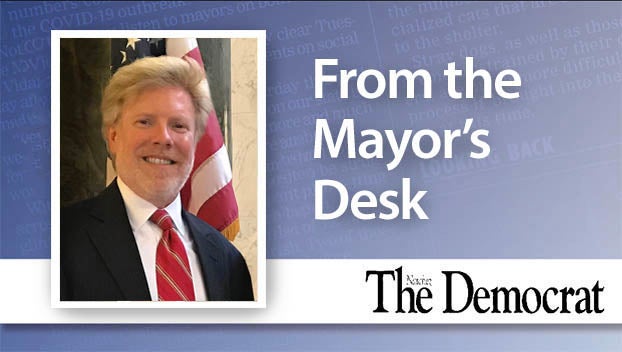Fixing Downtown Natchez: Steps toward walkability
Published 9:55 pm Monday, June 17, 2024
|
Getting your Trinity Audio player ready...
|
My initial article identified our biggest problem: vehicle speed. Now, let’s get granular. What can we do to fix the problem?
First, however, we must pause to assuage the doubts and fears of drivers using downtown streets simply to get elsewhere. Calming traffic to a safe speed for pedestrians typically only increases commuting time by one to two minutes. Whew. Ok.
Fixing downtown requires an assortment of changes. The biggest one is reverting the one-way streets to two-way. Drivers instinctively slow down when they face oncoming traffic. Downtown’s racetrack design, which allows fast drivers to jockey around slower drivers by changing lanes, will be gone. The slowest driver will set the pace (a good thing for pedestrians).
Reversion to two-way streets is a national trend. In his book “Walkable City Rules,” Jeff Speck lists over 75 cities where successful reversions have already been completed (that was in 2018).
Following the reversion of two downtown streets, Louisville, Kentucky, reported an annual property appreciation of 21.6%, a reduction in collisions of 49%, and a reduction in crime of 23% in each case on the reverted streets.
Main street revivals follow reversions to two-way traffic. Retailers’ revenues increase as stores double their visibility (think about stores on cross streets facing the direction of traffic flow, one on a one-way street). In 1969, Savannah converted East Broad to one-way traffic, and two-thirds of the stores closed (the city reverted the street in 1990, with a 50% increase in businesses).
When reversion to two-way is combined with replacing lights with all-way stops, right-sizing the lanes, and making crosswalks visible, walkability skyrockets.
Reconfiguring lights for two-way streets is one of the biggest expenses. If the lights are gone, that expense is gone – and so is the mad dash to beat the red lights. My scientific analysis, which consisted of driving down Main from MLK to Broadway, watching the lights, and monitoring my speed, revealed that one to two lights could be gamed on this run. This means that if drivers accelerate fast enough when the big orange hand stops flashing and turns solid, they can make it through the intersection before cross traffic enters (9 times out of 10). A glowing hand should give drivers pause, but 82% hit the gas like Rocky on the final stretch of his run to the Philadelphia Museum of Art. The next light turns red early and visibly, but drivers are in the zone. To their credit, they pit stop hard at the edge of the crosswalk (this can be fun to watch from the sidewalk).
If some lights are retained, make turn lanes short and use a lead pedestrian interval (giving pedestrians a head start so they can already be in the crosswalk when the light turns green).
Vehicles between the sidewalk and the street lane provide a steel barrier between moving vehicles and pedestrians. Keep it parallel or go diagonal (where width permits), but do not remove curbside parking.
A few mid-block crosswalks (brick speed humps with signage and ground lights) might also be helpful on the busiest streets. Change crosswalks to a ladder design at intersections and keep them freshly painted.
Lanes on the busiest streets should be no more than ten feet wide, and eight feet for slow-flow lanes. Increase the width of parking spaces and/or extend sidewalks to make streets skinny. Medians lined with crepe myrtles on Commerce flanking both sides of Main could be the piece de resistance for the center of downtown.
Downtown Natchez is historic and unique. Once it is walkable, the path to comfort, interest, and beauty is a short one.
James Wallace is a Natchez resident and an attorney.






